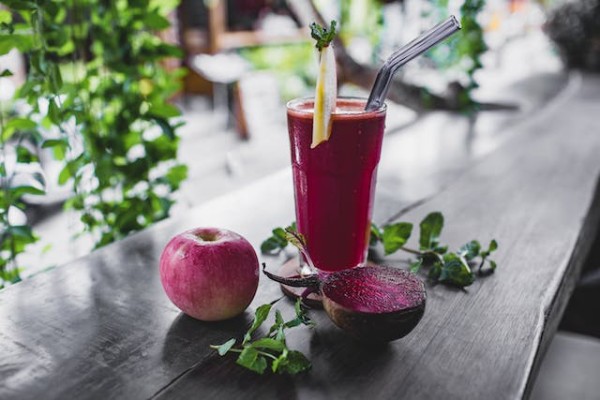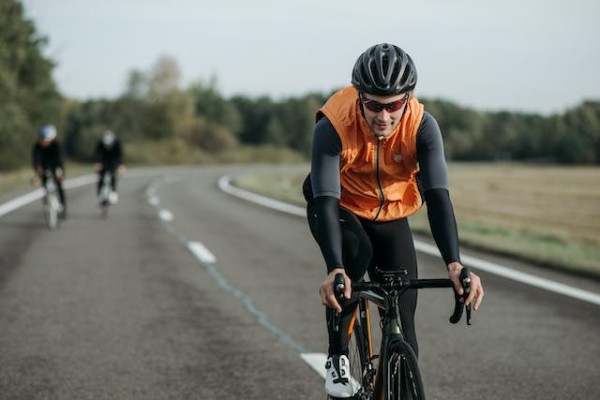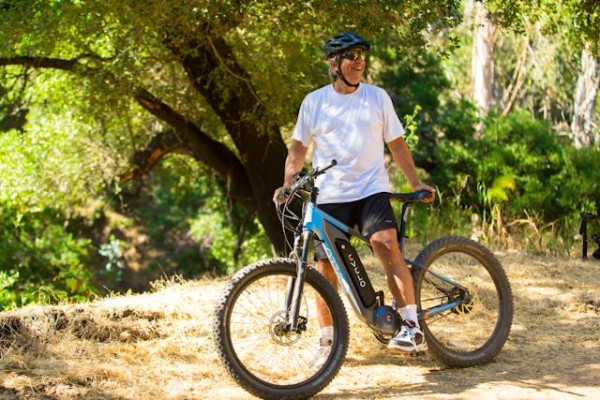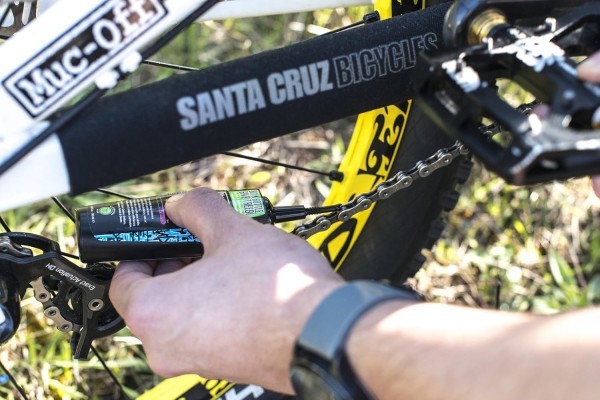You’ve just conquered a challenging cycling workout, pushing your limits and breaking a sweat. Now it’s time to address the crucial aspect of recovery that often gets overlooked. You’ll discover the key strategies to optimize your post-workout recovery as a cyclist. From nutrition tips to rest techniques, effective stretching, foam rolling, and even supplementing for enhanced recovery, this guide will provide you with the knowledge and tools to ensure that you bounce back stronger and faster after every ride.

5. Importance of Postworkout Recovery
Postworkout recovery is crucial for cyclists to optimize their training gains and prevent the risk of injury. After an intense cycling session, your muscles undergo stress and fatigue. Proper recovery techniques help in repairing muscle tissues, replenishing energy stores, and restoring the body’s balance.
One key aspect of postworkout recovery is nutrition. Consuming a balanced meal or snack within 30 minutes after exercise is important as it helps replenish glycogen stores and promotes muscle protein synthesis. Additionally, adequate hydration is essential to replace the fluids lost during your workout.
Stretching exercises can also aid in reducing muscle soreness and improving flexibility. Lastly, getting enough rest and sleep allows your body to recover and regenerate.
4. Nutrition Tips for Optimal Recovery
To optimize your postworkout recovery as a cyclist, it’s crucial to prioritize proper nutrition. Consuming the right nutrients at the right time can enhance muscle repair, glycogen replenishment, and overall recovery.
First, focus on replenishing your glycogen stores by consuming carbohydrates within 30 minutes of completing your workout. Aim for a ratio of 3:1 or 4:1 of carbohydrates to protein to maximize glycogen synthesis.
Additionally, include high-quality protein sources in your postworkout meal or snack to promote muscle protein synthesis. Research suggests consuming 20-25 grams of protein, such as lean meats, dairy, or plant-based alternatives.
Finally, don’t forget to hydrate adequately by replenishing fluids lost during exercise. Aim to consume 16-24 ounces of fluids per pound of body weight lost.
3. Relaxation Techniques
Prioritizing relaxation is crucial to optimize your body’s recovery process. One technique is to engage in active recovery, such as light cycling or swimming, which helps increase blood flow and remove waste products from your muscles. Additionally, incorporating deep breathing exercises and meditation can promote relaxation and reduce stress levels. Quality sleep plays a vital role in recovery, so establishing a consistent sleep schedule and creating a conducive sleep environment is important.
Consider using relaxation techniques like progressive muscle relaxation or guided imagery before bedtime to improve sleep quality. Finally, taking regular rest days and scheduling regular massage therapy sessions can further aid in your recovery as a cyclist. Remember, recovery is a key component of your training regimen, so implementing these relaxation techniques can help you perform at your best.
2. Effective Stretching and Foam Rolling
Engaging in effective stretching and foam rolling techniques can further enhance your post-workout recovery as a cyclist. Stretching helps improve flexibility and range of motion, while foam rolling targets muscle knots and releases tension. Incorporating these practices into your routine can alleviate muscle soreness and prevent injuries.
Stretching exercises should be performed after your workout when your muscles are warm. Dynamic stretches, such as leg swings and arm circles, help improve blood flow and prepare your muscles for recovery. Static stretches, like hamstring and quad stretches, should be held for 30 seconds to promote muscle relaxation.
Foam rolling, also known as self-myofascial release, involves using a foam roller to apply pressure to tight muscles. This technique helps break up fascial adhesions and trigger points, promoting muscle recovery. Roll slowly and focus on areas that feel tight or sore, spending extra time on those spots.
1. Supplementing for Enhanced Recovery
Supplementing with the right nutrients can optimize your post-workout recovery as a cyclist. Consuming the proper supplements can help reduce muscle damage, decrease inflammation, and enhance muscle repair and growth.
One key supplement for enhanced recovery is protein, as it provides the essential amino acids needed for muscle protein synthesis. Aim for a protein intake of around 20-30 grams within 30 minutes after your workout.
Additionally, branched-chain amino acids (BCAAs) can aid in muscle recovery and reduce muscle soreness. Research suggests that taking BCAAs before and after exercise can help improve muscle protein synthesis and decrease muscle damage.
Another important supplement is omega-3 fatty acids, which have anti-inflammatory properties that can aid in recovery and reduce exercise-induced muscle damage. Consuming 2-3 grams of omega-3s per day can be beneficial.
Lastly, antioxidants such as vitamins C and E can help combat exercise-induced oxidative stress and inflammation. However, it’s important to note that supplements should be used to complement a well-balanced diet and not as a replacement for whole foods.
Frequently Asked Questions
Can Postworkout Recovery Techniques Also Benefit Non-Cyclists or Other Athletes?
Postworkout recovery techniques can benefit non-cyclists and other athletes. Regardless of the specific sport or activity, the body undergoes similar physiological responses to exercise. These techniques, such as proper nutrition, hydration, and rest, help facilitate muscle repair, reduce inflammation, and replenish energy stores.
They also aid in preventing injuries and improving overall performance. So, whether you’re a runner, weightlifter, or swimmer, incorporating postworkout recovery techniques into your routine is essential for maximizing your athletic potential.
Can Postworkout Recovery Techniques Help With Reducing Muscle Soreness and Fatigue?
Absolutely! By implementing proper recovery techniques after your cycling workouts, such as active rest, foam rolling, and adequate nutrition, you can effectively minimize muscle soreness and fatigue. Active rest exercises like light cycling or stretching promote blood flow and aid in the removal of waste products from your muscles. Foam rolling helps release muscle tension and improve flexibility.
Is It Necessary to Consult a Professional or Coach to Create a Personalized Postworkout Recovery Plan?
It isn’t necessary to consult a professional or coach to create a personalized postworkout recovery plan, but it can be beneficial. Professionals and coaches have the knowledge and expertise to assess your individual needs and tailor a plan specifically for you. They can provide guidance on the best recovery techniques, help prevent injuries, and optimize your performance. However, if you’re knowledgeable about postworkout recovery and understand your body’s needs, you can create a personalized plan on your own.
Conclusion
In conclusion, prioritizing postworkout recovery is crucial for cyclists to optimize their performance and prevent injury. By following proper nutrition guidelines, incorporating relaxation techniques, and utilizing effective stretching and foam rolling practices, cyclists can enhance their recovery process. Additionally, considering the benefits of supplementing can offer an extra boost to aid in muscle repair and reduce inflammation. Remember, investing in recovery is like giving your body a refreshing oasis after a challenging ride, allowing you to pedal stronger and ride farther.





